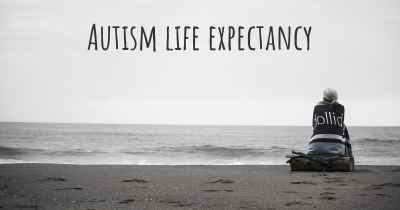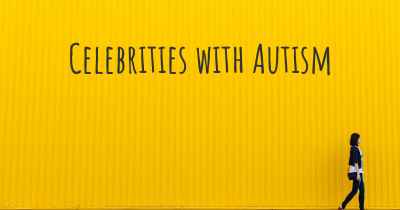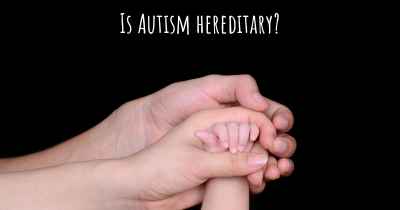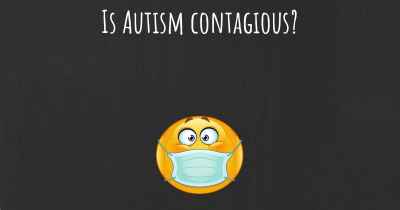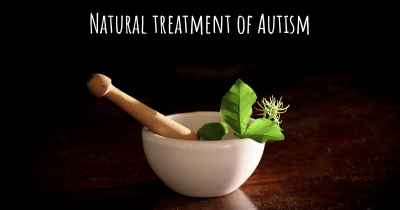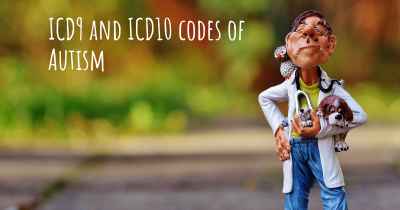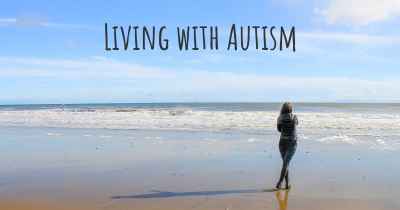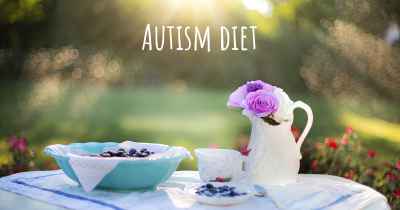Is it advisable to do exercise when affected by Autism? Which activities would you suggest and how intense should they be?
See if it is advisable for people with Autism to practice sports and which ones are the most recommended if you have Autism
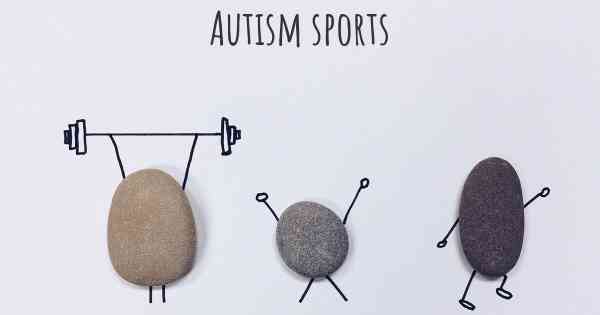
Exercise and Autism:
Engaging in regular exercise can be highly beneficial for individuals affected by Autism Spectrum Disorder (ASD). Exercise not only promotes physical health but also contributes to improved mental well-being, social interaction, and overall quality of life. However, it is important to consider the specific needs and preferences of each individual with autism when designing an exercise routine.
Benefits of Exercise for Autism:
Exercise has been shown to have numerous positive effects on individuals with autism. Some of the key benefits include:
- Improved Physical Health: Regular exercise helps to enhance cardiovascular fitness, muscle strength, coordination, and flexibility. It can also aid in maintaining a healthy weight, which is particularly important as individuals with autism may have a higher risk of obesity.
- Enhanced Mental Well-being: Exercise has been proven to reduce anxiety, depression, and stress levels in individuals with autism. It can also improve mood, self-esteem, and overall mental health.
- Promotion of Social Interaction: Participating in group exercise activities provides opportunities for individuals with autism to interact with peers, develop social skills, and build friendships. This can contribute to increased social confidence and a sense of belonging.
- Improved Focus and Attention: Exercise has been found to enhance concentration, attention span, and cognitive function in individuals with autism. This can positively impact academic performance and daily functioning.
Choosing Suitable Exercise Activities:
When selecting exercise activities for individuals with autism, it is crucial to consider their interests, abilities, and sensory sensitivities. Here are some suggestions for suitable exercise options:
- Swimming: Swimming is a low-impact activity that provides a full-body workout. It can be particularly beneficial for individuals with sensory sensitivities, as the water provides a calming and soothing environment.
- Dancing: Dancing is a fun and engaging exercise option that promotes coordination, balance, and social interaction. It can be done individually or as part of a group, depending on the individual's preferences.
- Martial Arts: Martial arts classes, such as karate or taekwondo, can help improve physical fitness, discipline, focus, and self-confidence. These classes often provide a structured and supportive environment.
- Yoga: Yoga combines physical movement, breathing exercises, and relaxation techniques. It can help individuals with autism improve flexibility, body awareness, and emotional regulation.
- Team Sports: Participating in team sports, such as soccer, basketball, or baseball, can foster social skills, teamwork, and cooperation. Adaptive sports programs specifically designed for individuals with disabilities may be available in some communities.
Exercise Intensity:
The intensity of exercise should be tailored to the individual's abilities and fitness level. It is important to start with low-impact activities and gradually increase the intensity as tolerated. Consulting with a healthcare professional or a qualified exercise specialist can help determine the appropriate exercise intensity for each individual.
Considerations for Individuals with Autism:
When engaging in exercise activities, it is essential to consider the specific needs of individuals with autism:
- Sensory Sensitivities: Some individuals with autism may have sensory sensitivities, so it is important to choose activities that are comfortable and enjoyable for them. This may involve avoiding crowded or noisy environments and using sensory-friendly equipment if necessary.
- Structured Routine: Individuals with autism often thrive on routine and predictability. Establishing a consistent exercise schedule can help create a sense of structure and familiarity.
- Visual Supports: Using visual supports, such as schedules, visual timers, or social stories, can assist individuals with autism in understanding and following the exercise routine.
- Individualized Approach: Each individual with autism is unique, so it is crucial to adapt the exercise program to their specific needs, abilities, and preferences. Providing choices and allowing for breaks when needed can help ensure a positive exercise experience.
Conclusion:
Engaging in regular exercise can be highly beneficial for individuals with autism. It promotes physical health, mental well-being, social interaction, and overall quality of life. By choosing suitable exercise activities and considering individual needs, individuals with autism can enjoy the numerous benefits that exercise offers.
Posted Sep 29, 2019 by Amy 13500
Posted Dec 9, 2019 by alexanderyanj 2520
Posted Sep 30, 2017 by Lili 1000
